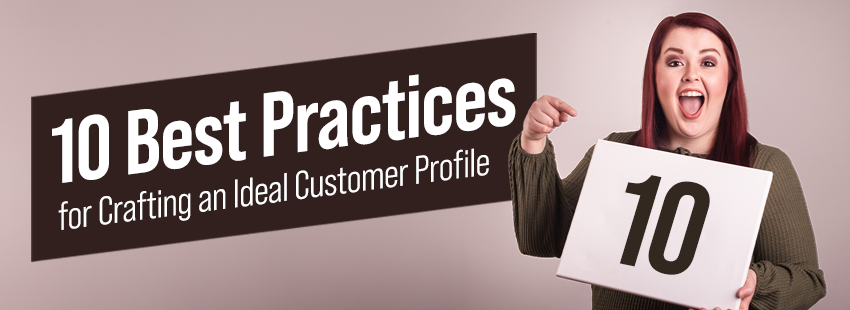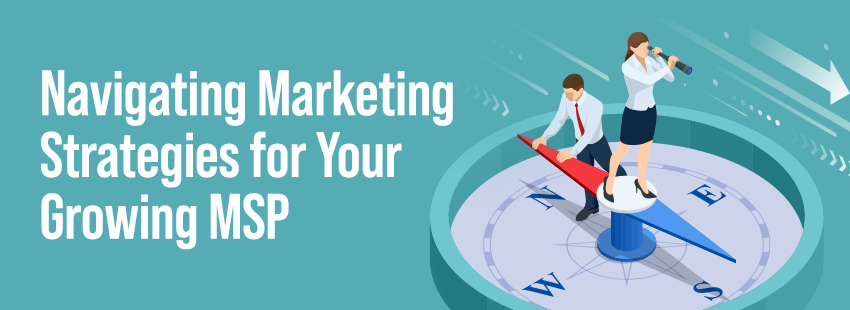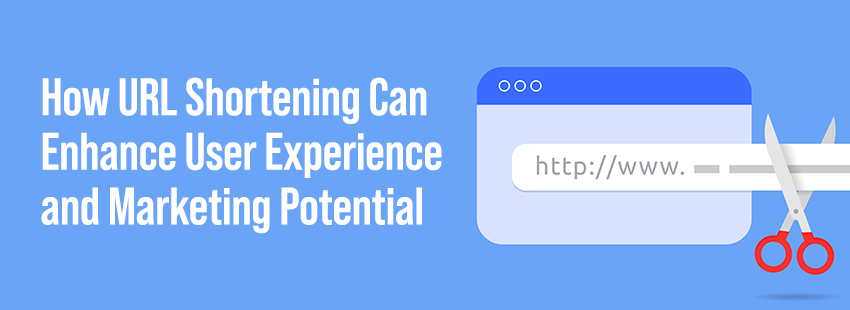Using email newsletters to stay in contact with leads
Email marketing is still one of the best ways to reach your customers with a 3,800 percent ROI and $38 made for every $1 spent, according to Constant Contact. It’s easy for messages to get missed on social media or traditional marketing, but in email, it’s always sitting in someone’s inbox, waiting to be read. So before you start complaining about your lack of customers from social media, maybe it’s time to put more effort into an email newsletter campaign.
Creating a powerful newsletter that drives clicks and website visits can increase your sales and grow a customer base that’s looking forward to your news and content. Staying in contact with leads via email marketing is the best way to eventually convert them into customers.
With email, you can personalize your message to each individual contact. You can trigger specific emails based on specific information allowing you to send the right message to the right person at the right time. With email marketing campaigns, you can break down your lists by demographics and previously recorded behavioral data. Some emails may promote sales, others with educational content, or reminders of what the customer looked at on your website. Depending on whether someone signed up for your email newsletter, requested a quote, or downloaded an ebook, you can personalize your emails to them.
Here’s what to do once you have their information.
If a customer visited your website but doesn’t make an inquiry, here’s what to do:
First, capture information from a program called connectmyPSA MyVisitor, which tracks the information of your website visitors. Those suspects are prime recipients of automated emails that deliver specific messages to convince them they need your service. Armed with those leads, set up an automated email workflow. This automatically sends emails to people at different levels of the sales funnel.
Automated email workflow consists of a pre-determined set of emails that are sent out at specific intervals. It allows you to stay in contact with leads without needing to spend hours on the phone. These reminders of your business will keep you top-of-mind when they do decide to purchase a service. A schedule of emails sent every few days could look like this:
- A thank you for them requesting the info/quote/etcetera.
- Providing more information about your business
- Educate leads on why the problem they came to you about in the first place is worth solving.
- Explain why your business is the best at solving the above problem
- Offering a discount or other freebie, such as a white paper.
Your emails should be a mix of promotion and educational content. If all your emails do is bug your leads to purchase service from you, they’ll likely unsubscribe or stop opening your emails. If after the fifth email they have not made a purchase, add them to your email newsletter (described below).
If you have an existing customer on your email list:
Email can (and should) be used to stay in contact with them to continue to do business with them in the future via an email newsletter. This newsletter could include:
- Company updates
- Industry news
- Your recent blogs
- Case studies
Staying in contact with these customers lets you keep the relationship, and adds personality to your business. Providing valuable content that people want to read will make them excited to open your emails, and continue to do business with you. They’ll continue to trust you, and have confidence in your position as an industry expert.
If they purchase a one-time package, check in down the line (after an appropriate amount of time) to see if they need your service again.
Email allows you to build trust, which is a key ingredient to establishing long lasting customer relationships. Every message you send is a chance to build on that trust, and prove to that customer that you are worth their business. The quality of the content, language, design, and how you handle feedback or questions from customers will result in a positive or negative conclusion in their minds. Use email to build a relationship with leads that will eventually turn them into customers!




